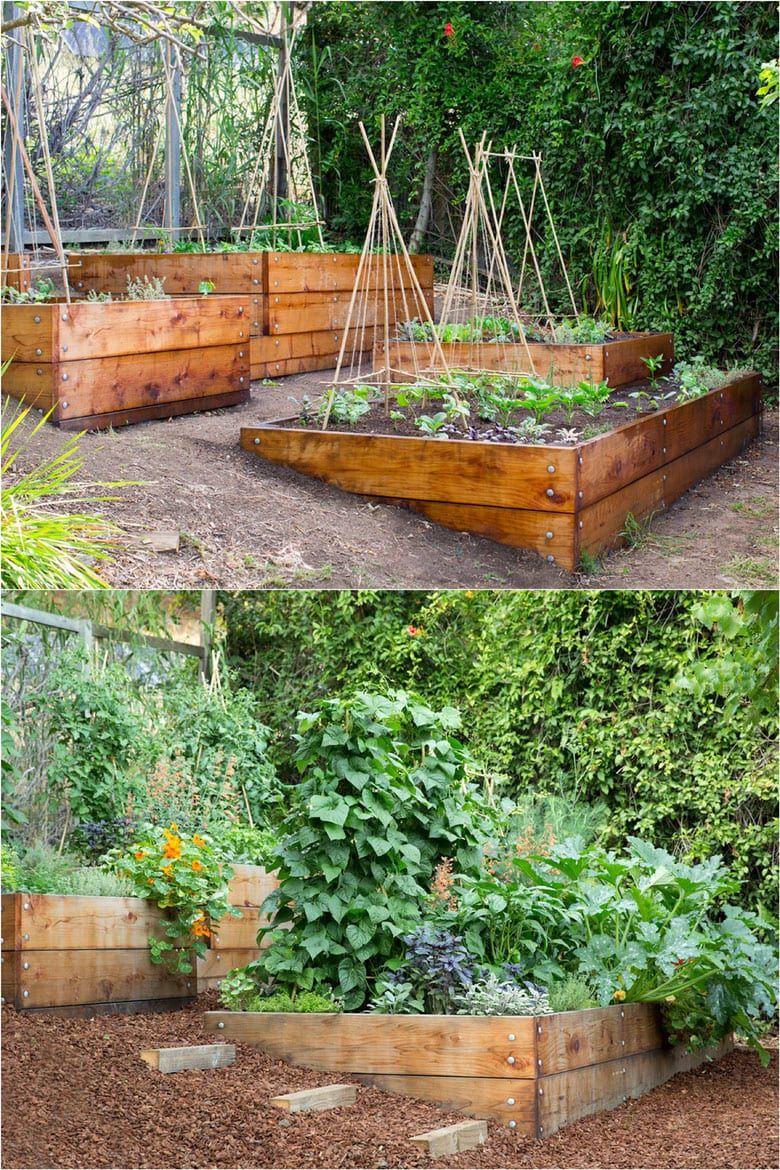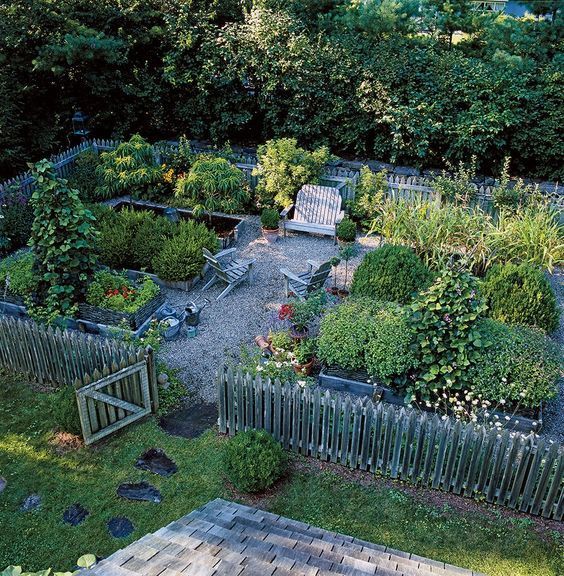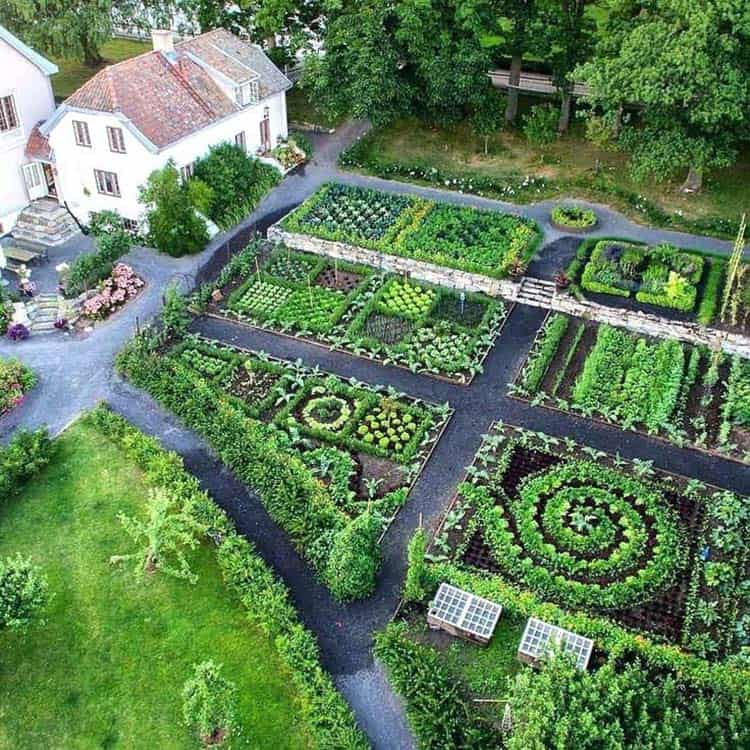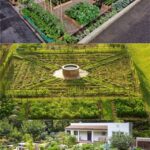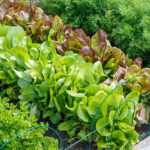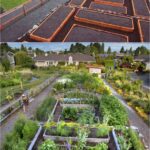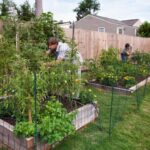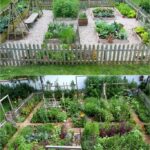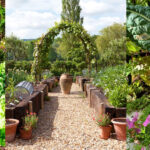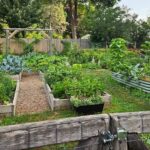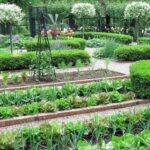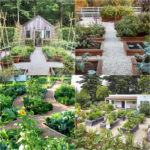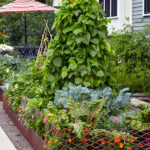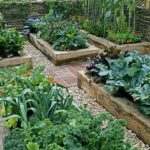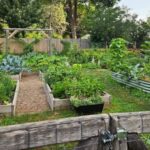When it comes to designing a vegetable garden, there are many factors to consider in order to create a thriving and productive space. The layout of the garden is key, as it will determine how well the plants grow and how easy it is to maintain. One common method is the raised bed garden, which provides good drainage and allows for easier access to the plants. Another popular option is the traditional row garden, which is great for larger spaces and can be easily expanded.
In terms of plant selection, it is important to choose a variety of vegetables that will thrive in your climate and soil conditions. Consider planting a mix of cool-season and warm-season crops to maximize your harvest throughout the year. Some popular choices for a vegetable garden include tomatoes, peppers, cucumbers, lettuce, and carrots. It is also a good idea to include some herbs and flowers in your garden to attract beneficial insects and add visual interest.
Spacing is another important aspect of vegetable garden design. Make sure to give each plant enough room to grow, taking into account their mature size and how much sunlight they need. Crowding plants together can lead to competition for nutrients and water, as well as increased susceptibility to pests and disease. Consider using trellises or stakes for vining plants to help maximize space and prevent overcrowding.
Incorporating a variety of techniques for watering and fertilizing your vegetable garden can help ensure healthy plant growth. Drip irrigation systems are a great option for conserving water and delivering it directly to the roots of the plants. Mulching around your plants can help retain moisture in the soil and suppress weeds. Organic fertilizers, such as compost or manure, can provide the essential nutrients that your plants need to thrive.
To add visual interest and functionality to your vegetable garden, consider incorporating paths, borders, and seating areas. Paths can help define the layout of your garden and provide easy access for maintenance. Borders, such as flowers or herbs, can help attract pollinators and beneficial insects to your garden. Adding a seating area allows you to relax and enjoy your garden while watching your plants grow and mature.
Overall, designing a vegetable garden is a rewarding and enjoyable process that involves careful planning and consideration of various factors. By creating a well-designed and functional space, you can enjoy a bountiful harvest of fresh and nutritious produce all season long. With thoughtful consideration of layout, plant selection, spacing, watering and fertilization techniques, as well as visual interest and functionality, you can create a vegetable garden that not only provides food for your table but also enhances your outdoor space.
